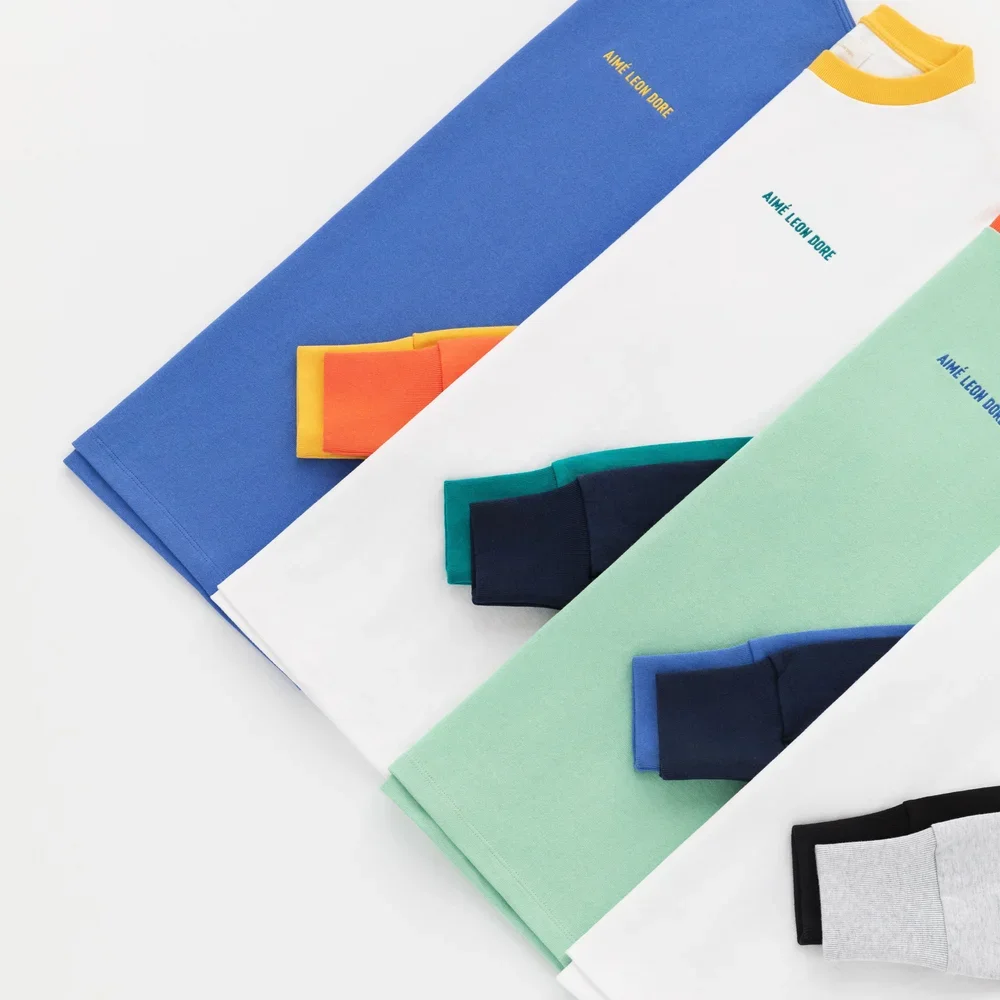How I Built a Signature Look as an Aime Leon Dore Product Photographer | Premium Product Photography NYC
The Original Aime Leon Dore Product Photographer on How to Find Clients and Define a Lasting Look
Introduction to Product Photography
I’m a Brooklyn-based product photographer who, over several seasons, helped shape what many came to be known as the Aime Leon Dore original product photography look and feel.
This post isn’t a name-drop reel, it’s a guide to how I find clients who want me to define their visual identity, how I protect the craft, and why protecting that craft sometimes means losing clients so the work can stay honest.
If you’re searching for a product photographer for who create the Aime Leon Dore look or just premium product photography NYC, this post explains what you’ll get with a solid team and why the process matters.
The Simple Hook: Clients Who Let You Lead Are Rare and Valuable
Most new high end brand clients don’t want a photographer to just take pictures. They want someone who can help define a look, set a visual standard, and deliver consistent assets across a season.
I found my first big clients by being present where people made things — styling on the floor at a Bushwick hat factory and letting the work speak.
That visibility, combined with a documented process, attracts the right briefs: founders and creative directors who understand that premium product photography in NYC is an investment, not a checkbox.
What Defining a Look Really Means (and What It Doesn’t)
Defining a brand’s look isn’t about one pretty image. It’s a set of creative constraints that build consistency, a directional light language, color story, prop vocabulary, and retouch limits.
When those rules are respected, every product shot feels like part of a unified collection, whether it appears in a lookbook, on an e-commerce page, or within a campaign.
That’s the difference between “nice image” and “brand asset.”
Lighting, Because It’s Everything
My aesthetic leans on natural light used deliberately. That doesn’t mean open the blinds and hope, it means shaping and diffusing window light, controlling shadow fall, and deciding where the highlight belongs so texture and color read true.
That natural approach is central to Aime Leon Dore original product photography look and feel and to the premium product photography most new clients come to us for. Styling is key, too.
Styling with Intent
Styling is where you either add value or create noise. You rarely need props. Nothing that feels like filler.
We focus on the product, folding garments to highlight cut and fabric, not hide flaws. That precision is what brands hire a professional product photographer for: making micro-decisions that elevate the image narrative and the product’s perceived value.
Workflow: Tethering, Color, and Systems
I shoot tethered. I use color cards. I create folder structures and presets so images from a season match without guesswork.
If you want consistent results from a Brooklyn photography studio or a professional photographer NYC teams rely on, the workflow matters just as much as the visuals.
Mini Case Study: A Season That Taught Me to Protect the Work
Early on, a factory connection led to a one-season shoot where I handled styling and direction in a tiny production space.
We treated prep like the shoot: fabric swatches, light tests, and a color pass. That prep let us produce consistent imagery across many SKUs during two tight shoot days.
By the fourth year working with the same team (around 2018), I raised my rates. The work demanded it, and burnout was real.
We parted ways. Six months later, they came back when the alternatives didn’t meet the standard I’d set.
That’s the value of protecting the craft, even if it means losing clients in the short term, it preserves the ability to create great work long term.
I went on to consult on hiring, training and building out an in-house photography studio team for Aime Leon Dore, but that’s another story.
Boundaries I Insist On (and Why They Matter)
Payment due on delivery: delayed cashflow kills the ability to invest in tools and people.
Clear scope and signoffs: no last-minute “just one more look” that ruins the day’s flow.
Reasonable schedules: premium product photography NYC takes time; rushed timelines mean sloppy results.
No price-only compromises: if a client wants the look but not the budget, I’ll walk. Better to lose the brief than dilute the standard.
How I Onboard Clients So Everyone Wins
I send sample schedules, a mood board, and an itemized quote that ties creative choices to deliverables.
I include the tethering plan, retouch time, and licensing language up front.
That transparency weeds out clients who aren’t willing to commit — and brings in the ones who will respect a Brooklyn photography studio’s process.
FAQ — Quick, Practical Answers
Q: What’s a typical turnaround?
A: For a seasonal shoot with tethering and basic retouch, plan at least 14 business days for final assets depending on volume and complexity.
Q: Do you travel in NYC or beyond?
A: My studio is in Brooklyn; I regularly shoot across NYC and can travel for projects with travel + day rate arrangements.
Q: How do you price?
A: Pricing is project-based; days on set, prep, crew, retouch time, and usage. Send your scope and SKU counts for an accurate quote.



